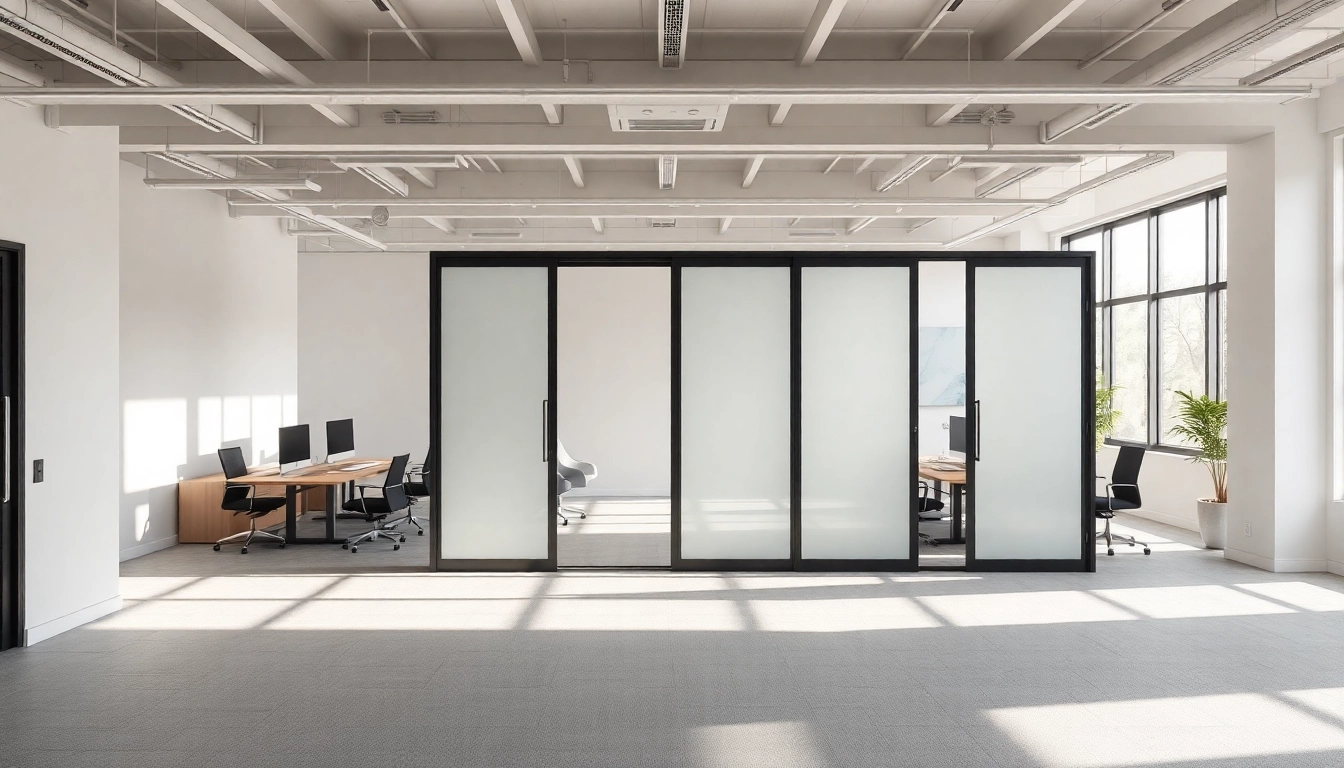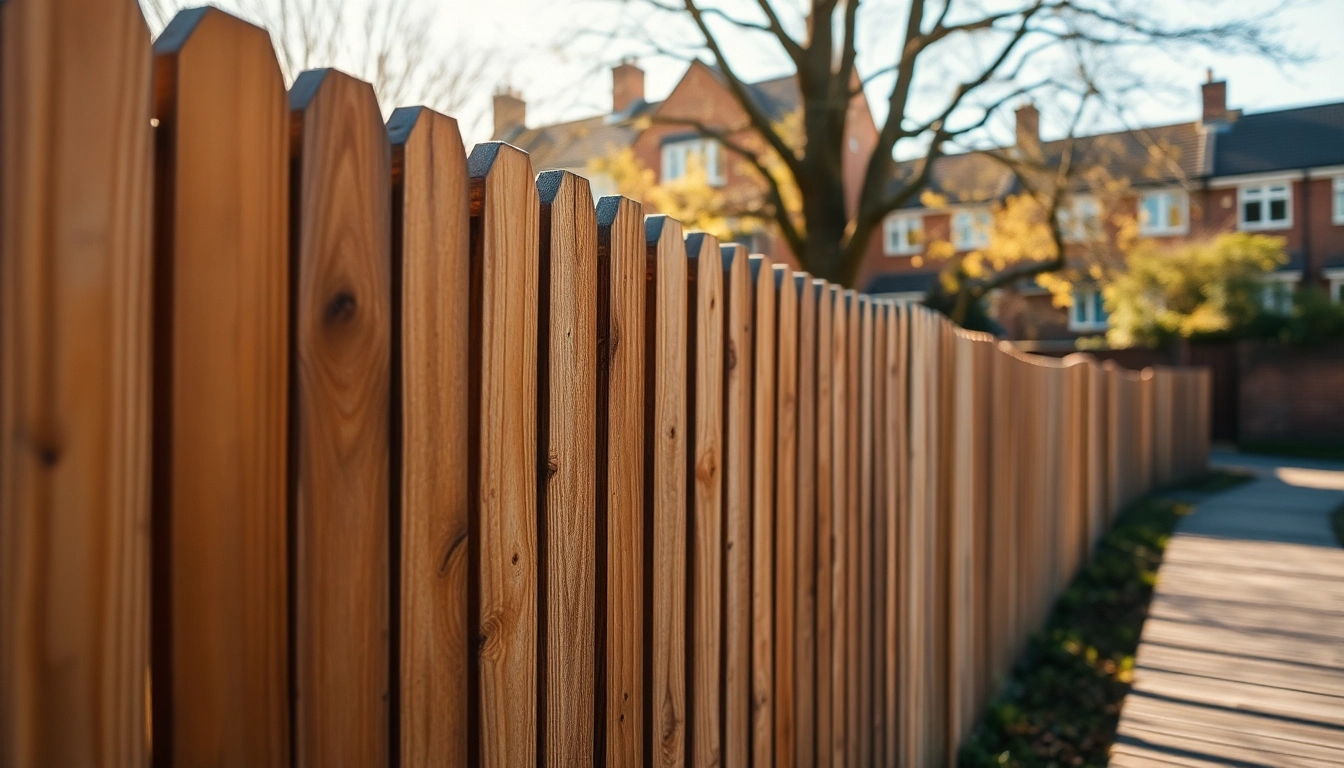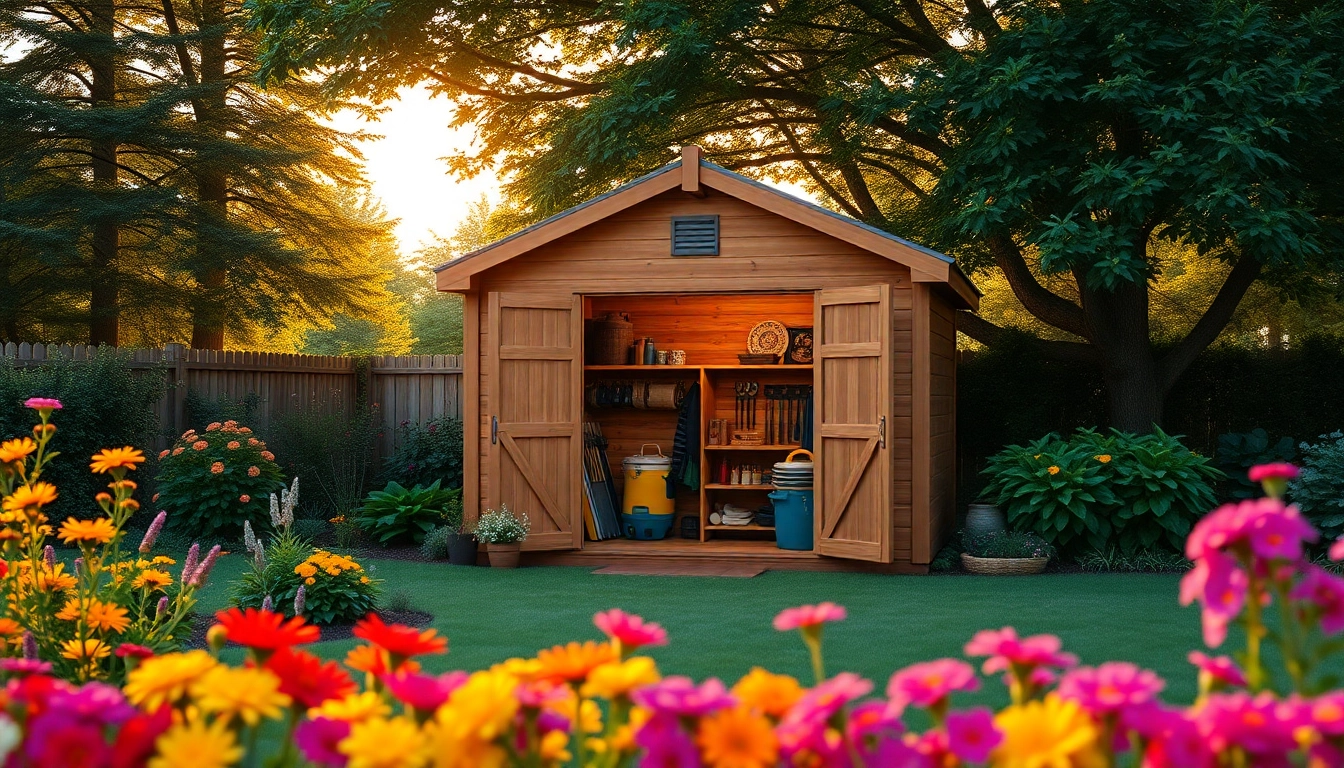Understanding Folding Partition Walls
What are Folding Partition Walls?
A Folding Partition Wall is a versatile architectural solution designed to maximize space utilization in various settings. These walls consist of multiple panels hinged together, enabling them to fold and unfold as needed. This functionality allows spaces to be expanded or reduced effortlessly, making them ideal for dynamic environments such as offices, conference centers, schools, and event venues.
Folding partition walls are usually made from lightweight materials like aluminum or composite panels, ensuring ease of operation without compromising durability. They can be customized to match the aesthetic of any room while providing necessary privacy and sound insulation.
Key Benefits of Using Folding Partition Walls
- Space Optimization: Folding partition walls allow for rapid reconfiguration of spaces, helping organizations maximize limited square footage.
- Flexibility: These walls can be adjusted to create smaller or larger areas, accommodating diverse activities and functions.
- Cost-effective: Investing in folding partitions can reduce the need for permanent construction, saving money on renovations and future expansions.
- Sound Insulation: Many folding partitions are designed with acoustical properties to minimize noise transfer, thus maintaining privacy and concentration in multi-use areas.
- Easy Installation: Compared to traditional wall systems, folding partition walls are straightforward to install, requiring less construction time and disruption.
Common Applications for Folding Partition Walls
Folding partition walls are utilized in a plethora of environments, making them indispensable in modern design:
- Commercial Spaces: Offices implement folding partitions for meeting rooms, break areas, and collaborative zones.
- Educational Institutions: Schools and universities use these walls to create multipurpose rooms that can accommodate classes, events, and activities.
- Event Venues: Convention centers and banquet halls employ folding partitions to segment spaces for different functions simultaneously.
- Healthcare Facilities: Hospitals and clinics use partitions to create private examination rooms or flexible patient areas.
- Residential Use: Homeowners use folding partition walls to create additional privacy or separate open-concept living areas.
Selecting the Right Folding Partition Wall for Your Space
Factors to Consider in Your Purchase Decision
When selecting a folding partition wall, consider the following factors to ensure it meets your specific needs:
- Space Dimensions: Measure your available space to determine the appropriate size and configuration of the partition.
- Weight and Material: Choose materials that provide the necessary strength while remaining easy to operate.
- Acoustic Performance: Evaluate the sound insulation properties based on your intended use and the level of privacy required.
- Budget: Define your budget constraints, keeping in mind the installation costs and long-term maintenance.
- Aesthetics: Ensure that the design complements your existing décor, considering color, finish, and texture.
Material Options for Folding Partition Walls
Folding partition walls can be made from a variety of materials, each offering unique benefits:
- Wood: Provides a classic look; ideal for more formal environments but can be heavier and more costly.
- Aluminum: Lightweight and durable, aluminum is perfect for modern spaces and is often used in commercial applications.
- Glass: Offers a sophisticated appearance while maintaining transparency; excellent for offices needing natural light and open views.
- Fabric: Used in portable partitions, fabric offers flexibility in design and is often more cost-effective.
- Composite Materials: A mix of materials providing strength and lightweight benefits, these are commonly used for soundproofing features.
Customizing Your Folding Partition Wall
Customization options can significantly enhance the functionality and aesthetics of your folding partition wall:
- Finishes: Choose from a variety of finishes, including laminates, veneers, and paint to match your decor.
- Configurations: Select between single, double, or triple-panel systems based on space needs.
- Acoustic Treatments: Some partitions can be further enhanced with acoustic treatments for added sound insulation.
- Hardware Options: Customize the operation systems with manual and automated options for ease of use.
- Size Variations: Custom dimensions can be manufactured to fit unique spaces and architectural considerations.
Installation and Maintenance of Folding Partition Walls
Steps for Installing a Folding Partition Wall
Installing a folding partition wall requires careful planning and execution. Here are the steps involved:
- Prepare the Space: Clear the installation area and ensure it is level and accessible.
- Measure and Mark: Use precise measurements to mark the location where the tracks will be installed.
- Install Tracks: Securely mount the tracks to the ceiling or the wall, depending on the design of the partition.
- Hang Panels: Attach the panels to the tracks, ensuring they move freely.
- Adjust and Test: Make any necessary adjustments to the alignment, and test the operation to ensure smooth function.
Routine Maintenance Tips for Longevity
To extend the life of your folding partition walls, consider the following maintenance practices:
- Regular Cleaning: Dirt and debris can affect the movement of the panels. Clean the tracks and surfaces regularly.
- Check for Wear: Inspect the hardware components such as hinges and wheels regularly for signs of wear or corrosion.
- Lubricate Moving Parts: Apply a silicone-based lubricant to sliding mechanisms periodically to ensure smooth operation.
- Inspect Seals: For acoustic panels, ensure sealing mechanisms remain intact to maintain sound insulation properties.
- Consult Professionals: Schedule periodic reviews by professionals to ensure functionality and address any concerns.
Common Issues and How to Resolve Them
Addressing common issues with folding partition walls early can prevent more significant problems:
- Sticking Panels: If panels stick, check for obstructions in the track or insufficient lubrication.
- Misalignment: Panels not closing properly may require adjustments to the tracks or support brackets.
- Noise Issues: If sound insulation is ineffective, evaluate the seals and consider adding additional acoustic treatment.
- Damages: For visible damages, such as dents or scratches, consult the manufacturer for repair options or replacement panels.
Enhancing Acoustics with Folding Partition Walls
Understanding Acoustical Ratings for Partition Walls
The effectiveness of a folding partition wall in managing sound is often represented in terms of its acoustical rating (STC rating). Higher ratings indicate better sound blocking capabilities. When selecting a partition, look for ratings that meet the specific needs of your environment:
- STC 35-45: Suitable for spaces where moderate privacy is required.
- STC 46-50: Ideal for environments like conference rooms or classrooms needing good sound control.
- STC 51+: Best for high noise environments requiring maximum sound isolation, such as studios or music rooms.
Best Practices for Soundproofing with Folding Partitions
To improve soundproofing in spaces utilizing folding partitions, consider the following practices:
- Use Heavy Materials: Opt for thicker, denser panel materials that naturally block more sound.
- Acoustic Sealants: Apply sealants around the perimeter of the wall and in the joints to reduce sound leakage.
- Integrate Soft Furnishings: Adding carpets, curtains, and wall hangings can absorb sound and enhance overall acoustics.
- Pursue Professional Consultation: Consult acoustical engineers for tailored solutions, especially in sound-sensitive environments.
Case Studies: Successful Acoustic Solutions
Real-world applications of folding partition walls can illustrate their effectiveness in soundproofing. Here are a few examples:
- Conference Centers: A major event venue used folding partitions with high STC ratings to create separate meeting rooms without intrusive noise interference, enhancing participant focus.
- Museums: A contemporary art museum employed acoustic partition walls to segregate areas while maintaining a tranquil environment for visitors, allowing simultaneous exhibitions without sound disruption.
- Schools: Implementing folding partitions in their multipurpose rooms, a school reduced noise during peak usage times of the day, positively impacting student concentration and learning outcomes.
Future Trends in Folding Partition Wall Design
Innovative Features and Technologies
The future of folding partition walls is likely to witness numerous innovations, including:
- Smart Technology: Integration of automated systems that allow for remote operation, facilitating ease in adjusting spaces.
- Enhanced Acoustic Materials: Development of new materials that provide superior soundproofing while being lightweight.
- Eco-friendly Options: Growing emphasis on sustainable materials that minimize environmental impact during manufacturing.
- Customizability: The ability to personalize designs with digital prints or fabrics, enhancing aesthetic appeal while maintaining functionality.
Sustainability in Partition Wall Manufacturing
The rising trend of sustainable design is shaping the way folding partition walls are produced. Manufacturers are exploring eco-friendly materials and energy-efficient processes. Businesses are increasingly prioritizing sustainability, demanding partitions that not only perform but also contribute to green building standards.
Look for products that use recyclable materials, have low VOC emissions, and are designed for longevity, minimizing the need for replacement.
The Role of Folding Partition Walls in Flexible Workspaces
As flexible workspaces become more prevalent, folding partition walls will play a crucial role in their design. These walls provide the adaptability required by businesses to respond swiftly to changing needs, thereby promoting collaboration, creativity, and productivity.
Incorporating folding partitions enables companies to adjust their physical environments easily, reshaping spaces for teamwork, privacy, or open collaboration as required. This adaptability can significantly enhance employee satisfaction and overall operational efficiency.


